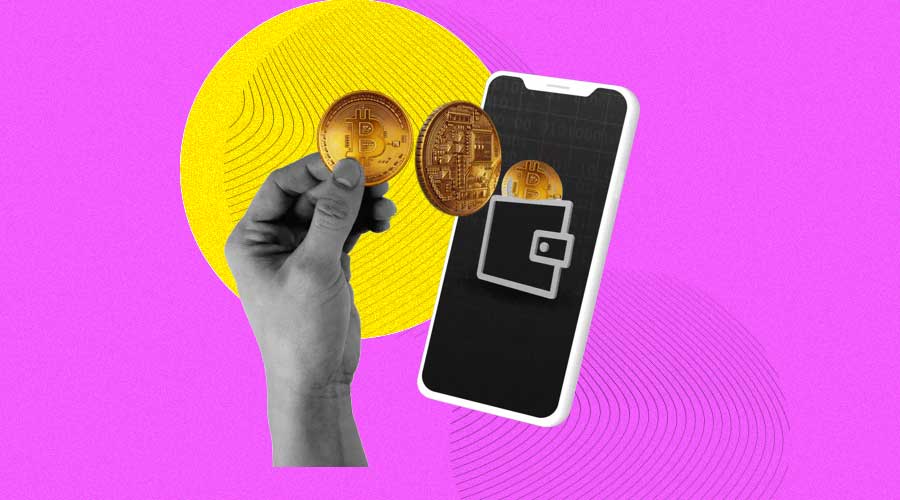Here isa step-by-step guide to create, secure, manage, and trade with your first crypto wallet
In today’s digital age, cryptocurrencies have gained significant popularity as a decentralized digital currency. As more people embrace cryptocurrencies, it becomes essential to understand how to create a crypto wallet—a secure digital wallet that allows you to store, send, and receive digital assets. This stepwise guide will walk you through creating your first crypto wallet, ensuring a safe and seamless experience. So, let’s get started!
Whether new to cryptocurrencies or looking to expand your digital asset portfolio, we will guide you through creating your first crypto wallet. By the end of this article, you’ll have the knowledge and confidence to embark on your crypto journey.
Are you ready to take control of your financial future and dive into the world of cryptocurrencies? Let’s begin creating your first crypto wallet step by step.
What is a Crypto Wallet?
A crypto wallet is a software program or a physical device that securely stores the private and public keys required to interact with various blockchain networks. These wallets enable users to manage their cryptocurrencies, view their balances, and initiate transactions. It’s important to note that while crypto wallets hold your digital assets, they do not store the cryptocurrencies.
Types of Crypto Wallets
1. Software Wallet
Software wallets are applications that can be installed on your computer or mobile device. They provide convenient access to your crypto assets and are further categorized into:
a. Desktop Wallets
Desktop wallets are software applications that you install on your computer. They offer high security and control as they are stored locally. Some popular desktop wallets include Electrum, Exodus, and Atomic Wallet.
b. Mobile Wallets
As the name suggests, mobile wallets are designed for use on smartphones or tablets. They offer portability and accessibility, making it easy to manage your crypto assets on the go. Examples of popular mobile wallets include Trust Wallet, Mycelium, and Coinbase Wallet.
2. Hardware Wallets
Hardware wallets are physical devices specifically designed to store your crypto assets securely. They provide an extra layer of protection by keeping your private keys offline.
3. Web Wallets
Web wallets are online wallets that you can access through a web browser. They are convenient and can be accessed from any device with an internet connection.
Steps to Create Your First Crypto Wallet
Now that we have explored the different types of crypto wallets let’s dive into the step-by-step process of creating your first wallet.
Step 1: Research and Choose a Wallet
Before creating a crypto wallet, conducting thorough research and selecting a wallet that aligns with your needs is essential. Consider security features, supported cryptocurrencies, user interface, and community reputation.
Step 2: Download or Access the Wallet
Once you have chosen a wallet, proceed to download or access it according to your selected wallet type. To download the application for software wallets, visit the official website or trusted app stores.
Step 3: Install and Set Up the Wallet
After downloading or accessing the wallet, follow the installation instructions provided. You will likely be prompted to create a strong password and back up your wallet during the setup process. Ensure that you choose a unique and secure password to protect your funds.
Step 4: Secure Your Private Key or Recovery Phrase
You will be assigned a private key or recovery phrase after completing the wallet setup. This key or word is crucial for accessing and recovering your wallet in case of loss or device failure.
Step 5: Fund Your Wallet
Now that your wallet is set up and secured, it’s time to fund it with cryptocurrencies. Depending on your chosen wallet, there are multiple ways to add funds. You can purchase cryptocurrencies from exchanges and transfer them to your wallet address or receive digital assets directly from other users.
Step 6: Test Your Wallet
Before making significant transactions, you should test your wallet with a small amount of cryptocurrency. This step ensures that your wallet functions correctly and that you can send and receive funds without any issues.





